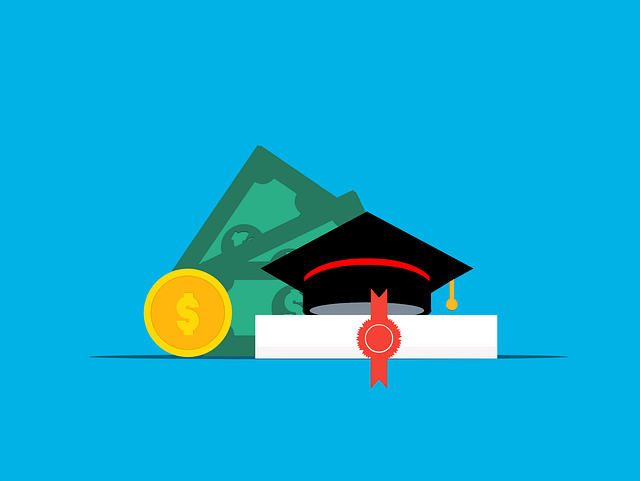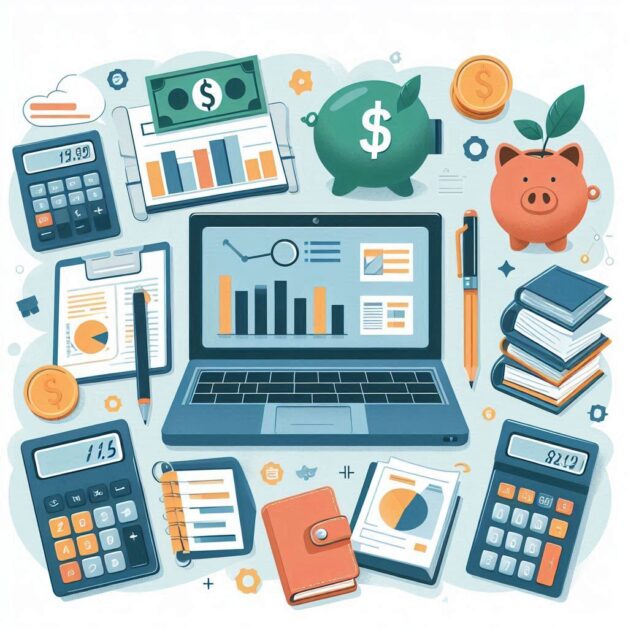Navigating the world of student loans can be tricky. One key thing to get straight early on is knowing when you’ll need to start paying them back. After graduation or if you drop below half-time enrollment, most federal student loans offer a grace period. This typically lasts six months, but it can vary depending on the type of loan.
The standard repayment start date usually kicks in after this grace period. But it’s important to know that not all loans work the same way. Some private loans might have different timelines or no grace period at all. Federal loans generally give you that six-month window to get yourself set up, but double-check your specific loan details to be sure.
Understanding the type of loan you have makes a big difference in how and when repayments begin. Federal student loans have more predictable timelines and often offer more flexible repayment options compared to private ones. So make sure you keep track of your loan specifics to avoid any surprises.
Here’s a little transparency: Our website contains affiliate links. This means if you click and make a purchase, we may receive a small commission. Don’t worry, there’s no extra cost to you. It’s a simple way you can support our mission to bring you quality content.”
Contents
Factors Influencing Repayment Start
Grace periods can vary a lot, depending on the type of loan. While most federal student loans give you about six months, some might offer a longer break, especially if you’ve got a Perkins Loan, which offers up to nine months.
Loan servicers play a big role in determining the start date for your payments. They’re the ones managing your loan, and they’ll notify you when your first payment is due. It’s crucial to stay in touch with your loan servicer and keep your contact information updated to ensure you don’t miss any important communications.
In-school deferment can also affect when you start paying back your loans. If you decide to return to school at least half-time, you can usually get a deferment, effectively postponing your repayment start date until you leave school again.

Private loans, on the other hand, are a different ballgame. Each lender has its own terms, and some might not offer grace periods at all. It’s really important to review your private loan agreement to understand exactly when your payments will begin.
Preparing for Repayment
Having a plan in place before the first payment is due makes things easier. Start by creating a budget that includes your loan payments. Knowing exactly how much you owe each month helps avoid surprises down the road.
Look into different repayment plans available, especially for federal loans. Plans like Income-Driven Repayment (IDR) can adjust your payments based on your income, making them more manageable. Other options, such as the Standard or Graduated Repayment Plans, might also fit your situation depending on your financial outlook.
Using tools and resources available for financial planning can make preparing for repayment less stressful. Websites like the Federal Student Aid site offer calculators and advice to help you figure out what works best for you.
Consulting with a financial advisor could be beneficial, especially if you’re juggling multiple loans or have other financial commitments. They can provide personalized advice and help you develop a repayment strategy that aligns with your overall financial goals.
Understanding when you’ll need to start repaying your student loans is half the battle—using the time before that first due date wisely can set you up for long-term success. Whether you’re still in school or have just graduated, consider creating a personalized action plan for the months leading up to repayment:
Maximizing Your Grace Period: Essential Steps Before Your First Payment
- Build a Detailed Budget: Map out your monthly income against your expenses, accounting not only for rent, food, and transportation, but also for potential loan payments. This exercise will help you determine how much you’ll comfortably be able to allocate toward debt and where you might need to trim spending.
- Establish an Emergency Fund: Before loan payments kick in, work toward having at least one to two months of essential costs saved. An emergency fund serves as a financial cushion, preventing you from falling behind on payments if unexpected expenses arise.
- Explore Repayment Plans and Consolidation Options: Don’t wait until your grace period ends to research available repayment strategies. Look into income-driven plans, which cap payments based on your earnings, or consider loan consolidation if it will simplify your repayment schedule and possibly lower your interest rate.
- Automate Savings and Payments: Once you have a tentative start date for repayment, set up automatic transfers into a savings or dedicated “loan-payment” account. Getting in the habit of setting that money aside can make the transition smoother when the official due date hits.
- Update Contact Information and Loan Servicer Accounts: Graduates often move after school, so ensure your loan servicer has your current address, email, and phone number. Also, log into your loan accounts and review your payment due date, balance, interest rate, and terms. This ensures there are no surprises when your grace period ends.
By using the grace period proactively—budgeting, saving, and exploring repayment avenues—you can reduce the stress of your first loan bill. Not only will this approach provide clarity on your financial situation, but it also sets a strong foundation for responsible, confident loan management long after you’ve started making payments.
Options for Postponing Repayment
Sometimes life throws unexpected curveballs, and postponing your loan repayment might become necessary. There are options like deferment and forbearance that can temporarily suspend your payments, each with its own set of rules and implications.
Deferment allows you to pause payments, typically without interest accruing on subsidized loans. Common reasons for deferment include returning to school, economic hardship, or active military duty. Always check if you qualify and understand how it affects your loan long-term.

Forbearance is another route, allowing you to stop or reduce payments for a certain period. Unlike deferment, forbearance usually results in interest continuing to accrue on your loans. This option is often used when facing temporary financial difficulties.
Income-driven repayment plans can also help by aligning your payments with your current income. Plans like REPAYE or PAYE adjust your monthly payments to a percentage of your discretionary income, offering a more affordable way to manage your loans.
Consolidating multiple federal loans into a Direct Consolidation Loan might seem appealing as it simplifies the repayment process, but be aware that this can reset the clock on your repayment schedule. This action can be useful if juggling multiple payments is more challenging than dealing with one consolidated loan.
Research thoroughly and consider speaking with a financial advisor to weigh the pros and cons of each option. Making an informed decision about postponing repayment can save you from future financial stress.
Consequences of Missing Payments
Defaulting on student loans can have serious consequences. Missing payments impacts your credit score, making it harder to get loans or credit cards in the future. Negative marks on your credit report usually stay there for seven years, affecting your financial health long-term.
Interest and fees can pile up quickly when payments are missed. This increases the total amount you owe, making it even harder to catch up. Over time, unpaid interest gets capitalized, meaning it’s added to your principal balance, and you start accruing interest on a larger amount.
In extreme cases, lenders might take more severe actions like wage garnishment, where a portion of your paycheck is taken directly by the lender to cover your loan. Legal actions are also possible, adding legal fees and other costs to your debt.
If you find yourself struggling to make payments, contact your loan servicer immediately. Many have options to help you get back on track, such as adjusting your repayment plan or temporarily suspending payments. Programs like loan rehabilitation can remove the default status from your credit report once you’ve made a series of on-time payments.
Taking action sooner rather than later is key. The longer you wait, the more challenging it becomes to fix the situation. Seeking help and exploring available options puts you in a better position to manage your student loans effectively.


This article provides a clear explanation of when repayment for student loans begins, covering both federal and private loans. It highlights the grace periods typically offered after graduation, the difference between various loan types, and what to expect once the repayment phase starts. The insights into how interest can accumulate even during deferment are particularly valuable for new graduates planning their finances. It’s an essential read for anyone looking to understand their obligations and prepare for the transition from student to borrower.
Thank you for your thoughtful comment, Marc! I’m glad you found the article helpful in clarifying the repayment process for student loans. Understanding the grace periods and how interest accumulates is crucial for effective financial planning after graduation. I encourage others to share their thoughts or experiences regarding student loan repayment in the chat!